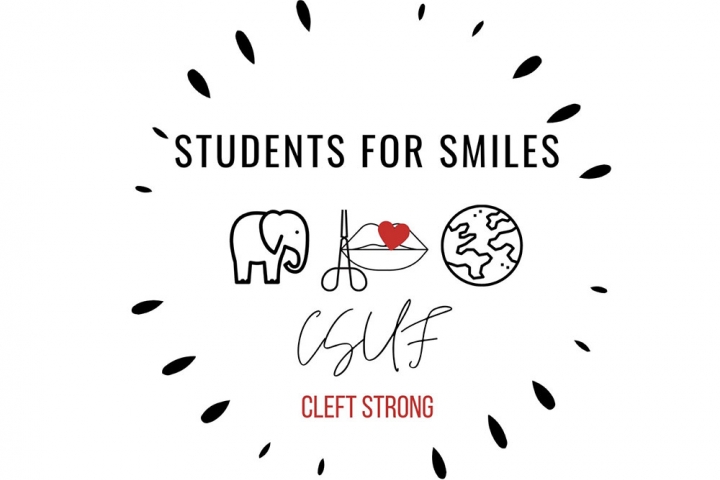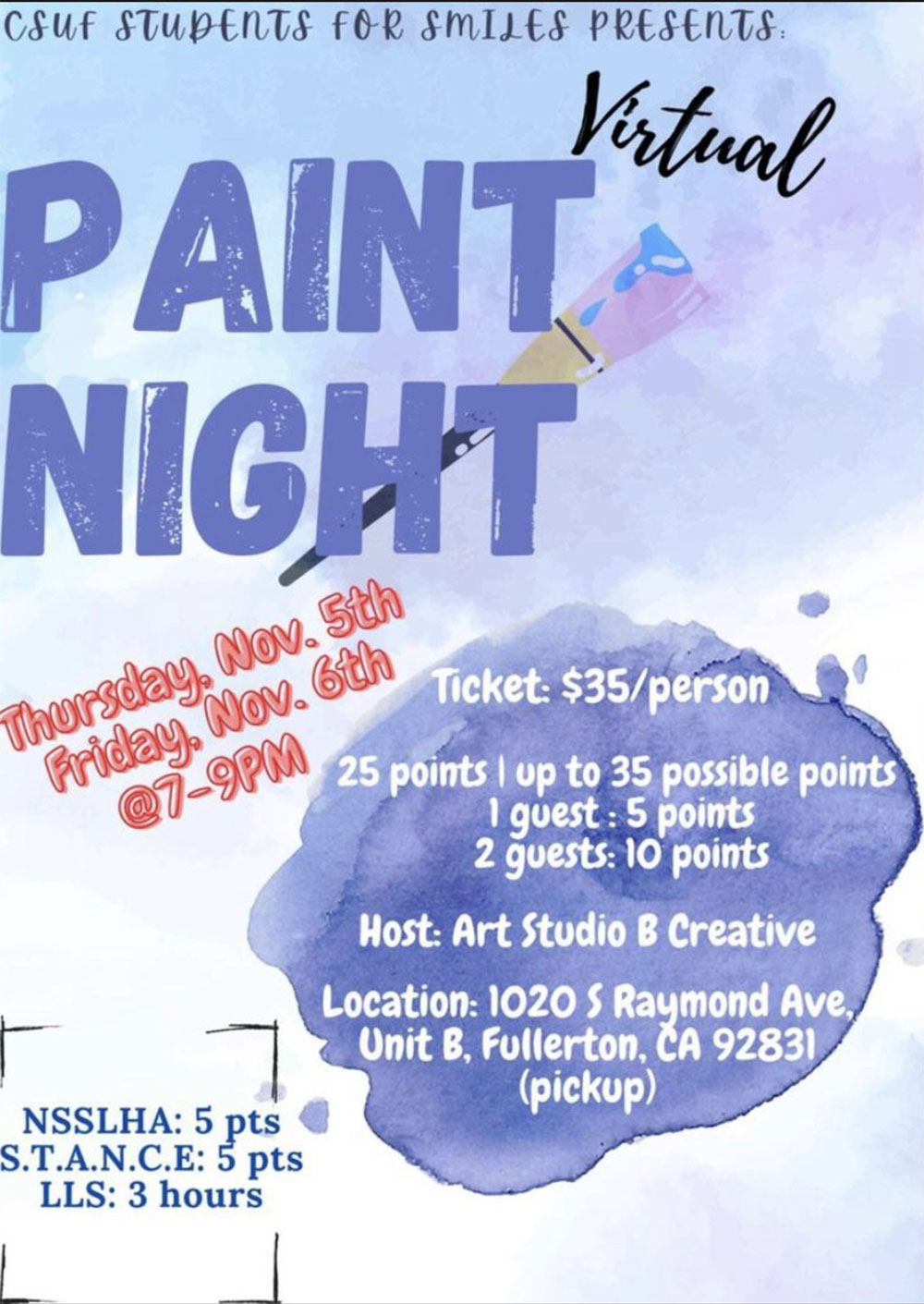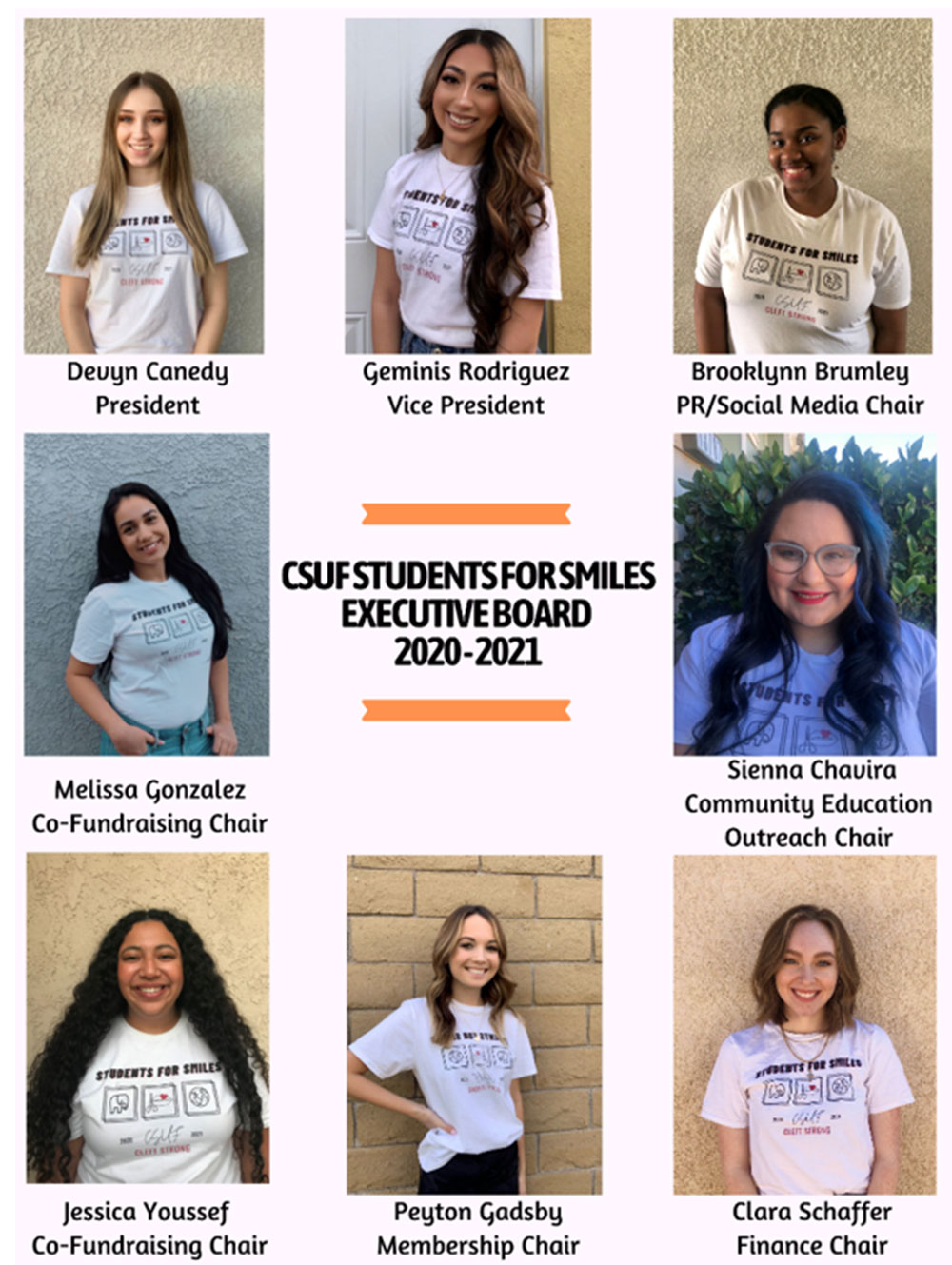California State University, Fullerton (CSUF) Students Turn Crisis into Smiles
How one chapter of Smile Train’s Smile Impact Society made 2020 its most lucrative year yet.

While COVID-19 forced so many to scale back their hopes and ambitions, Students for Smiles, the Smile Impact Society chapter at California State University, Fullerton (CSUF), saw only an opportunity. They seized it to achieve their biggest fundraising year yet, raising more than $11,000 since the beginning of the pandemic to sponsor lifesaving care for children in need of cleft treatment.
When the school transitioned to distance learning last year, the club feared they would not be able to sustain their fundraising targets and maintain the fun, welcoming atmosphere they had worked so hard to create. But when they put their heads together, they found many ways to use virtual tools to their advantage.
On Giving Tuesday 2020, they hosted virtual bingo. “We created a virtual board with different money amounts and asked our family and friends to donate that specific dollar amount to claim their spot on the bingo board,” explains Sienna Chavira, Students for Smiles’ Community Education Outreach Chair. “Once someone’s bingo board was filled, they would have raised $100 in total. With the help from our members, we were able to raise over $3,000 in one day!”

They kept the momentum going this semester, hosting 12 virtual events to raise funds, educate about clefts, and keep group members smiling. Among the most successful were a virtual paint night that attracted 115 people and raised $1,725 for Smile Train while also helping a local small business, and a virtual speaking engagement featuring two women from the Philippines that drew more than 70 attendees. The first speaker was Nathalie Balota, a medical referral specialist from Smile Train partner Mabuhay Deseret Foundation in Quezon City, who spoke candidly about how being the mother of a daughter with a cleft affects her work with Smile Train patients. Following her came Kimmy Coseteng-Flaviano, Smile Train’s Area Director for Southeast Asia, who shared what she’s learned from over a decade spent saving the lives of children in need.
Once again seeing a positive where others did not, Students for Smiles was quick to understand how virtual programming like this made their club more accessible to students who would not otherwise have been able to join. Each event thus doubled as an opportunity to recruit new members from the wider CSUF community; it now boasts more than 100 members.
“One of the things I learned through being in a Smile Impact Society chapter was the importance of unity and community,” Chavira said. “It is amazing the changes people can make when they come together to fight for the same cause. We only reached our fundraising goal this year thanks to the efforts of each one of our 100+ members. Any time someone wants to be a part of the Smile Impact Society, I tell them to do it! Not only is it rewarding to know you are helping people in need across the globe, but you also grow friendships with people who want to do the same.”
A baby is born with a cleft every three minutes, even during a pandemic. Far more than just a cosmetic issue, a 2012 paper published in Frontiers of Oral Biology found that 90% of children with clefts will not survive past age 19 without treatment, while with treatment, 98% will live. That’s why Smile Train developed a sustainable model of training, equipping, and funding local medical professionals in more than 70 countries to help these children live, thrive, and smile. So while COVID-19 forced cleft charities that fly foreign doctors on missions to developing countries to suspend operations indefinitely, Smile Train was busy working with their 2,100+ local medical partners to ensure they each had what they needed to safely provide whatever care they could in their region — from remote speech therapy to distanced nutrition counseling to surgery — each day of the pandemic.

“The testimonials on Smile Train’s website have taught me that although life might be a battle, as long as we stay positive, the battle is already won. I want the children who our efforts helped to know that, too. I want them to never forget just how worthy they are. They might have felt unworthy because of what others have told them due to their cleft, but I want to be the one to remind them that by getting cleft treatment, they will be able to live the life they deserve.”
